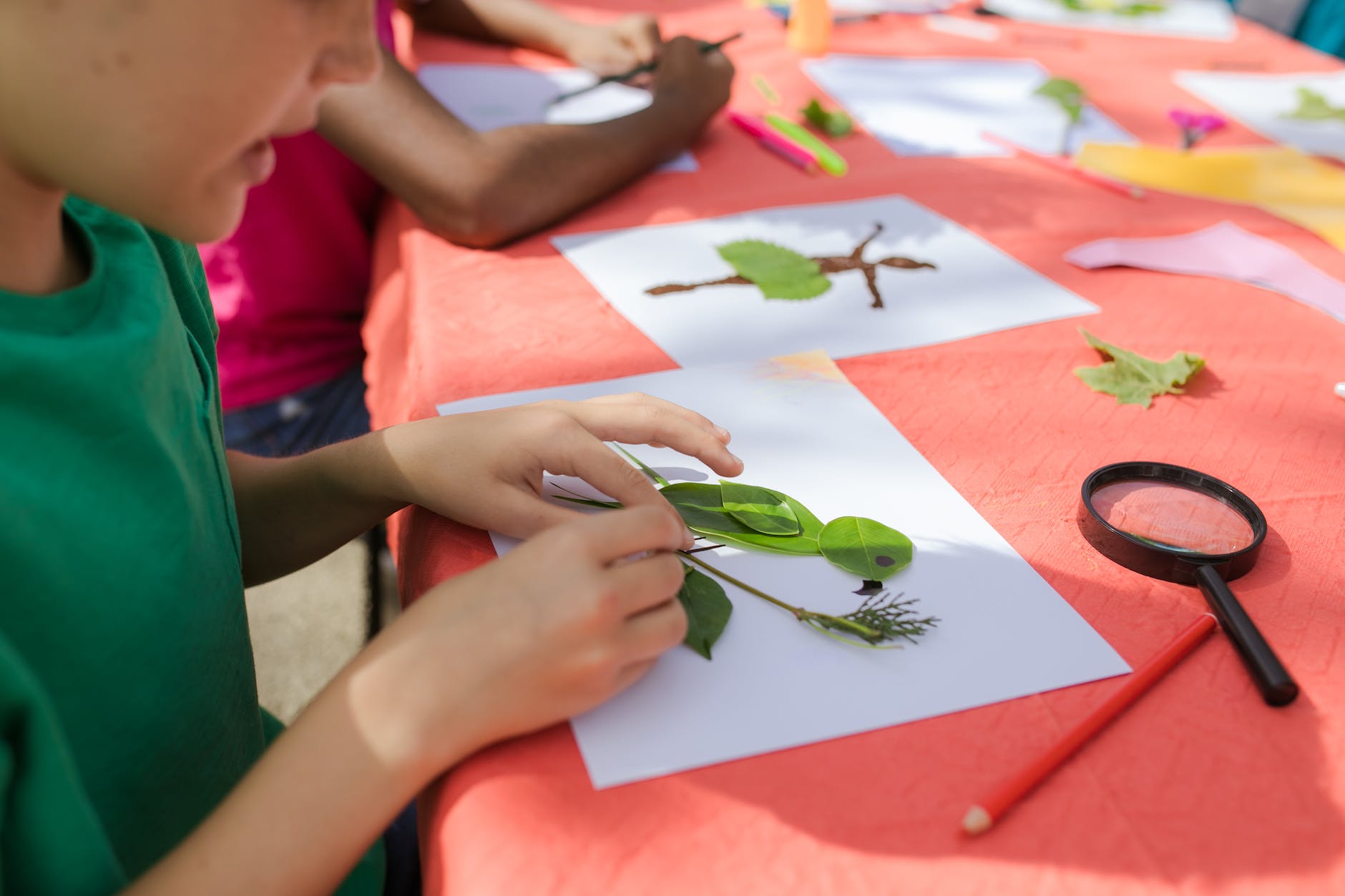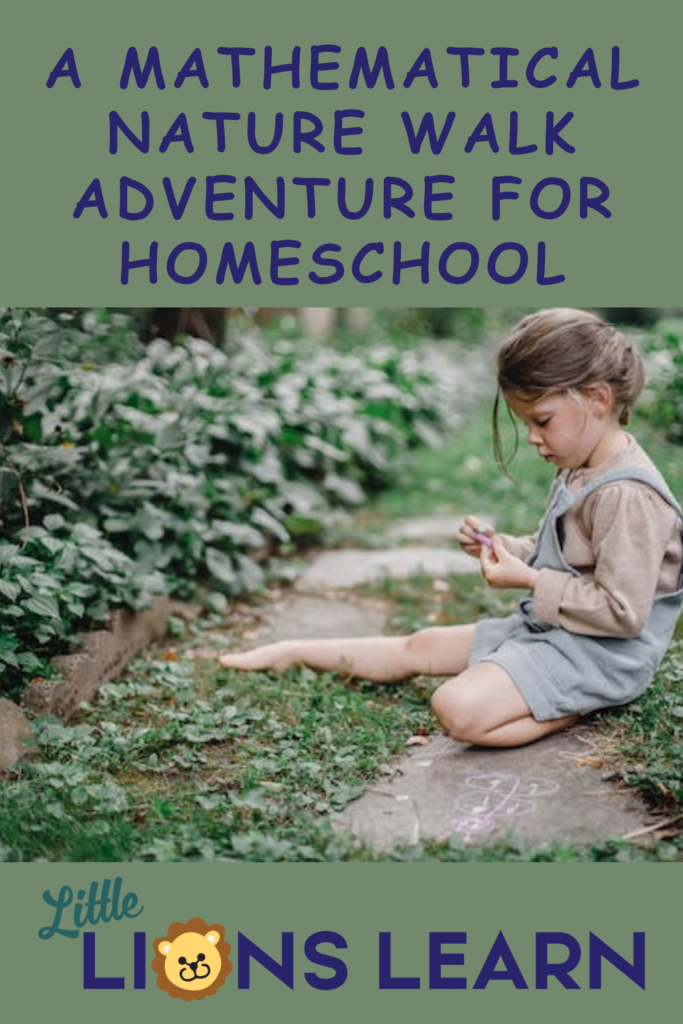How to Have an Adventurous Mathematical Nature Walk
Nature is a treasure trove of mathematical wonders waiting to be discovered. As homeschooling parents, we’re always on the lookout for unique and engaging ways to teach our children about math. In this blog, we’re excited to share our recent experience of taking a mathematical nature walk adventure. It was a fun and educational outing that seamlessly combined the beauty of the outdoors with the exploration of mathematical concepts. Join us as we step into the great outdoors to unlock the hidden mathematical patterns in nature!
*This page contains affiliate links and we earn a commission if you make a purchase through one of these links, at no extra cost to you. Disclaimer.
The Journey Begins, Preparing for a Mathematical Nature Walk
Before embarking on our mathematical nature walk, we gathered some essential supplies. You will need a notebook, some pencils, a ruler, a magnifying glass, and a camera. So, with our tools in hand and curiosity in our hearts, we set out to explore a nearby park. The park offered a variety of natural elements to observe and analyze.
Shapes and Patterns in Leaves and Flowers
Our first stop was a lush area filled with trees, bushes, and flowers. We were so amazed at the array of shapes and patterns in the leaves and petals. Therefore, we took out our magnifying glass to closely examined the intricate veins on a leaf and the symmetry in a blooming flower. Back at home, we turned our observations into a mini-lesson on geometry, discussing concepts like symmetry, polygons, and angles.
Counting and Measurement Adventures
As we continued our walk, we encountered fallen leaves of various sizes scattered along the path. We decided to turn this into a counting and measurement activity. We gathered leaves and measured their lengths, then compared and sorted them based on size. This led to discussions about measurements, units, and organizing data.

Nature’s Fibonacci Sequence
One of the highlights of our walk was discovering a pinecone on the ground. We marveled at the way the spirals were arranged and realized it followed the Fibonacci sequence. We discussed the concept of the Fibonacci sequence and observed how it appears not only in pinecones but also in sunflowers and seashells. When we arrived home we read Leo + Tea and Growing Patterns: Fibonacci Numbers in Nature by Sara Campbell.
Symmetry in Reflection
Near a tranquil pond, we noticed the reflection of the trees in the water. This sparked a conversation about symmetry and reflectional symmetry in nature. We used our notebooks to sketch the reflections and discussed how symmetry plays a role in art, architecture, and even animal markings.
Patterns in Nature’s Textures
Our nature walk wouldn’t have been complete without exploring different textures – the rough bark of a tree, the smooth surface of a rock, and the delicate petals of a flower. We used our senses to describe and compare these textures, linking them to concepts of patterns, textures, and descriptive language.
Capturing Memories and Learning
Throughout our mathematical nature walk, we captured moments through photographs and notes in our notebooks. When we returned home, we compiled our findings and reflections into a nature-inspired math journal. This not only solidified the concepts we learned but also allowed us to create a beautiful keepsake of our outdoor adventure.
Conclusion
A Mathematical Nature Walk Adventure for Homeschool is a brilliant way to blend the marvels of nature with the exploration of mathematical concepts. By encouraging our children to observe, analyze, and interact with their surroundings, we can spark a love for learning and foster a deeper appreciation for both math and nature. As homeschooling parents, we’ve found that the world around us is an endless source of inspiration and education – all we need to do is step outside and embrace the mathematical wonders that await us.

